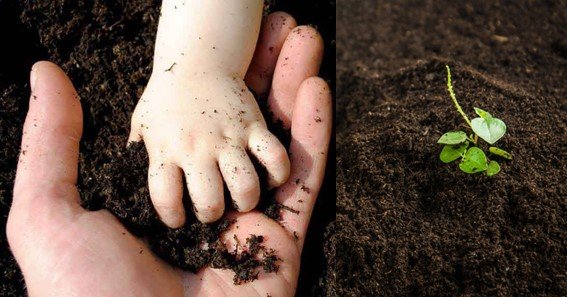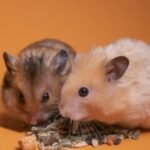Soil pollution occurs when harmful substances like chemicals, heavy metals, and waste materials enter the soil, disrupting its natural composition and making it unsafe for plants, animals, and humans. This pollution can arise from both natural processes and human activities, with the latter being the most common and damaging. Here’s an in-depth look at how soil pollution occurs.
Causes of Soil Pollution
- Industrial Waste
- What It Is: Industries release harmful chemicals and pollutants into the environment in both solid and liquid forms. Industrial activities such as manufacturing, mining, and chemical production contribute heavily to soil contamination.
- Impact: Toxic substances such as heavy metals (lead, mercury, arsenic) and hydrocarbons enter the soil, making it unsuitable for agriculture and threatening ecosystems.
- Agricultural Practices
- What It Is: The overuse of chemical fertilizers, pesticides, and herbicides in modern farming contributes significantly to soil pollution. These chemicals accumulate in the soil, altering its pH and nutrient content.
- Impact: Soil becomes toxic, leading to reduced fertility and contamination of crops, which then affects the food chain. Furthermore, runoff from farms can carry these pollutants into nearby water bodies, exacerbating pollution.
- Urban Waste and Landfills
- What It Is: Improper waste disposal from households and industries leads to soil pollution. Landfills, especially those that contain non-biodegradable waste like plastics and chemicals, release pollutants into the soil as waste decomposes.
- Impact: Leachate, a liquid formed in landfills, contains hazardous chemicals that seep into the ground, contaminating both soil and groundwater.
- Deforestation and Soil Erosion
- What It Is: When forests are cleared for urban development or agriculture, the topsoil, which is rich in nutrients, becomes exposed to wind and water erosion. Deforestation removes the natural vegetation that holds soil together.
- Impact: Soil erosion reduces the soil’s ability to support plant life, while exposed soils become more vulnerable to pollution from nearby industrial and agricultural activities.
- Natural Causes
- What It Is: In rare cases, soil pollution can result from natural processes such as the accumulation of certain chemicals like perchlorates in dry, arid environments. Natural disasters like volcanic eruptions can also introduce pollutants into the soil.
- Impact: Although less frequent, these natural processes can still contribute to localized soil contamination and harm ecosystems.

Conclusion
Soil pollution is primarily caused by human activities such as industrial processes, unsustainable agricultural practices, improper waste management, and deforestation. These pollutants have long-lasting effects on soil health, water quality, and ecosystems, making it essential to adopt sustainable practices and reduce pollution sources.
FAQ
- How does soil pollution occur?
Soil pollution occurs when harmful substances like chemicals, waste, and heavy metals enter the soil, primarily through industrial activities, agriculture, and improper waste disposal. - Can natural causes lead to soil pollution?
Yes, though less common, natural processes like chemical accumulation in arid environments and volcanic activity can also contribute to soil pollution. - How do agricultural practices contribute to soil pollution?
Overuse of chemical fertilizers, pesticides, and herbicides leads to the buildup of toxic substances in the soil, reducing its fertility and affecting crop quality. - What role do landfills play in soil pollution?
Landfills release hazardous chemicals into the soil as waste decomposes, producing leachate that can contaminate both soil and groundwater. - How does deforestation contribute to soil pollution?
Deforestation causes soil erosion, which makes the soil more vulnerable to pollution from nearby industrial and agricultural sources.










